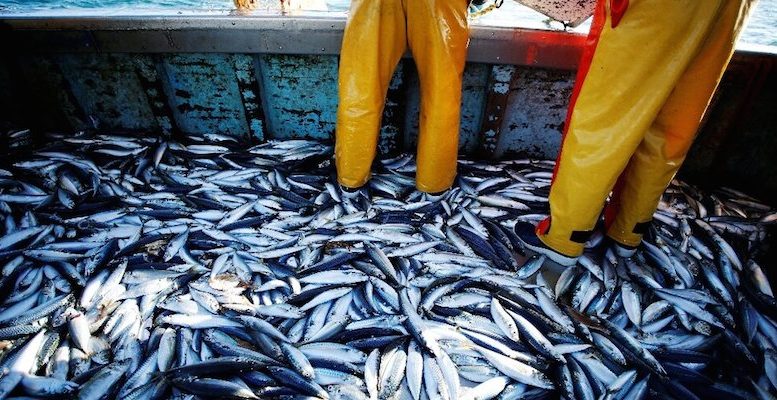Nothing like this has ever happened before since statistical data has been available. The sharp rise in food prices has caused an unprecedented drop in food consumption in Spain. Between November 2021 and the same month last year, sales fell by 8.8% in volume and by up to 2.5% in value. But, asks the daily El Economista, are the Spanish really eating less as a result of inflation?
According to data from the report on household food consumption, which is produced each month by the Ministry of Agriculture, Fisheries and Food, although the fall is generalised, what is happening is that sales are being diverted to cheaper products.
Thus, pasta and pulses are suffering falls of only 1.4% and 2.2% respectively, while meat and fish sales are plummeting, with drops already approaching 15%. Specifically, in the case of meat products, consumption is going down by an average of 12.4% and for fish by 14.7%. As for other products, consumption of vegetables and potatoes fell by 13.9%, milk by 11.2% and oil by 8.5%.
The Ministry’s report highlights that “fresh chicken and pork are the products that have best withstood the decline, with falls of 13.8% and 10% respectively”. These are cheaper products than lamb or goat meat, which have fallen by 24.7%, or beef and rabbit meat, which have gone down by more than 15%. The Ministry also highlights the “sharp contraction in the fisheries sector”.
In the case of fresh fish, the fall is 16.3% and in frozen fish, 13%. Much greater, moreover, is the decline in seafood sales, with consumption dropping by more than 17%. In the case of fish, only canned fish is holding its own, and even then it has gone down by 8.7% in volume terms. The collapse of meat and fish contrasts with the Government’s refusal to reduce VAT on these products due to the high cost to the public purse. It is a decision that has generated strong unease in both the meat and fish sectors and has even provoked criticism among consumer organisations.





